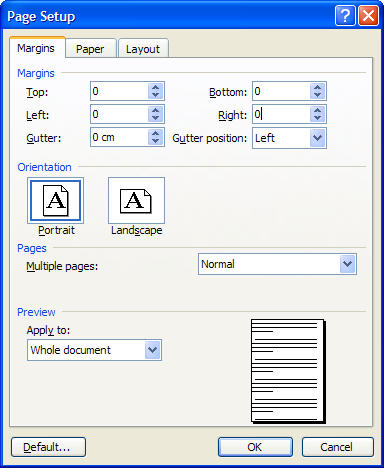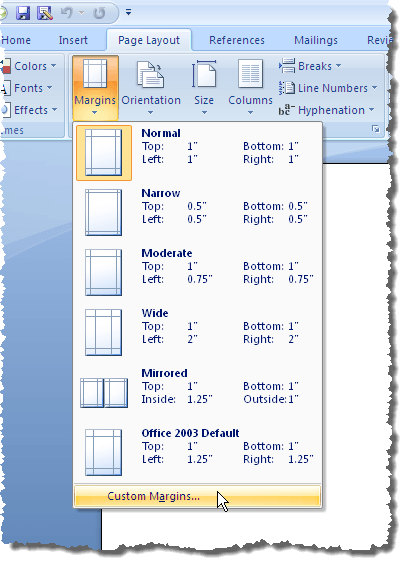

This is necessary because of the great number of cases who have a tendency to read from right to left. Instead of being arranged in columns, the words are printed in lines reading from left to right for the purpose of developing dextral eye movements at the outset of training. Part IV includes some supplementary exercises consisting of exceptions to sounds presented in the drills, configurations not previously taught, word building exercises, and exercises on sounds whose letters are frequently confused, such as b, d, p, m, n. Part III consists of more advanced and less frequent sounds presented in word wholes: Jaw, Paul, new, took, find, boy, boil, mud dy, bad ly, litt le, seem ed, ask ed, a ge, i ce, city, fan cy, taught, ought, protest, other, return, before, defend, prevent, pen sion, addi tion, planta tion, sol ution. Part II consists of certain combinations of sounds previously learned in isolation: an, in, un, en, on, ink, ank, unk, ang, ong, ung, and, ound, est, ill, ell, and consonant combinations. Part I includes the most frequent sounds, namely the sounds of the consonants, the short vowels, and the sounds of ee, sh, oo, ch, tch, ar, ay, ai, or, old, ea, oa, ck, cw, mi, ing, all, ight, th, wh, qu, er, ir, ur, and final e. The Remedial Reading Drills are described as follows: Gross organization of drills. The method has proved successful with children who had failed to profit from various conventional school methods over a period of years. He states that the present-day experiments and discussion on phonics are not usually applicable to the individual treatment of reading defects, but rather have been used for the classroom teaching of the normal child, that is, either normal in intelligence or in reading for his mental capacity. The Remedial Reading Method described by Kirk 2 is in the initial stages primarily a phonic method, which differs from the conventional phonic systems in its completeness, and in its emphasis on certain principles of learning and retention. Hegge, Kirk, and Kirk 1 have devised a method which was used primarily with mentally retarded and dull-normal children. The Fernald, Monroe, and Gates methods have been used primarily with mentally normal children. Under Spacing, choose an option in the Line spacing box.Teaching Reading to Slow-Learning Children (1940) by Kirk, A. By default, paragraphs are followed by a blank line and headings have a space above them. The default line spacing in Word is 1.15. You can toggle the display of this ruler on and off or change it between English and metric measurements. The default Docs page size is letter, or 8.5 inches by 11 inches.

By default, Word uses 1-inch margins and 2.5 cm. Note: Be careful, 1 cm = 0.3937 inch and 1 inch = 2.54 cm. To apply the settings, click “OK.” What is a 1 inch margin in CM? If, for instance, you want to have a 2- inch margin on the top, a 1.5-inch margin on the bottom, and a 1-inch margin on both the left and right, enter the numbers as pictured to the left. Margins are the blank spaces that line the top, bottom, and left and right sides of a document. What are the default top bottom left and right margins?ī) The default margins in Word are 1 inch for the left, right, top, and bottom. The default margins for Microsoft Word from version 2007 onward have been 1 inch (25.4 mm) all around. What is default left margin in Word document? Press Ctrl+1 for single-spacing, Ctrl+5 for 1.5 spacing, or Ctrl+2 for double-spacing. What are normal margins for a paper? – Related Questions What is 1.5 spacing Word? The default margins take effect whenever you create a new document.

However, you can change them by clicking Set as Default after you change the margins.

What is the normal margin size for Google Docs? The default margins are set to one inch on each side. What are the default left and right margins in Word? By default, Word sets all margins left, right, top, and bottom to 1 inch.


 0 kommentar(er)
0 kommentar(er)
